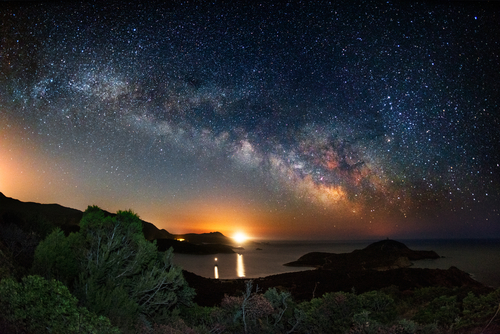Past space weather may boost prep for threats to Earth
Looking back at historic space weather may help us understand what’s coming next.
Space weather can disrupt electronics, aviation and satellite systems, and communications. This depends on solar activity, but as this is different for each solar cycle, the overall likelihood of space weather events are difficult to forecast.
“…there is an underlying pattern to [the likelihood of extreme space weather events], which does not change.”
In their new work, researchers charted the space weather in previous solar cycles across the last half century, and discovered an underlying repeatable pattern in how space weather activity changes with the solar cycle. The findings will allow better understanding of and planning for space weather.
The sun goes through solar cycles around every 11 years, during which time the number of sunspots increases to the maximum point (the “solar maximum”). More solar activity means more solar flares, which in turn can mean more extreme space weather at Earth.
Each solar cycle has a different duration and peak activity level, and, as a consequence the climate of Earth’s space weather has also been different at each solar maximum. The more extreme events are less frequent so that it is harder to build up a statistical picture of how likely they are to occur.
Over the last five solar cycles (more than fifty years), ground- and space-based observations have almost continually monitored the drivers of space weather, the sun and solar wind, and the response seen at Earth. Looking at this data, researchers found that space weather and the activity of the sun are not entirely random—and may constrain how likely large weather events are in future cycles.
“We analyzed the last five solar maxima and found that although the overall likelihood of more extreme events varied from one solar maximum to another, there is an underlying pattern to their likelihood, which does not change,” says project leader Sandra Chapman, professor from the Centre for Fusion, Space, and Astrophysics at the University of Warwick.
“If this pattern persists into the next solar maximum, our research, which constrains how likely large events are, will allow better preparation for potential space weather threats to Earth.”

